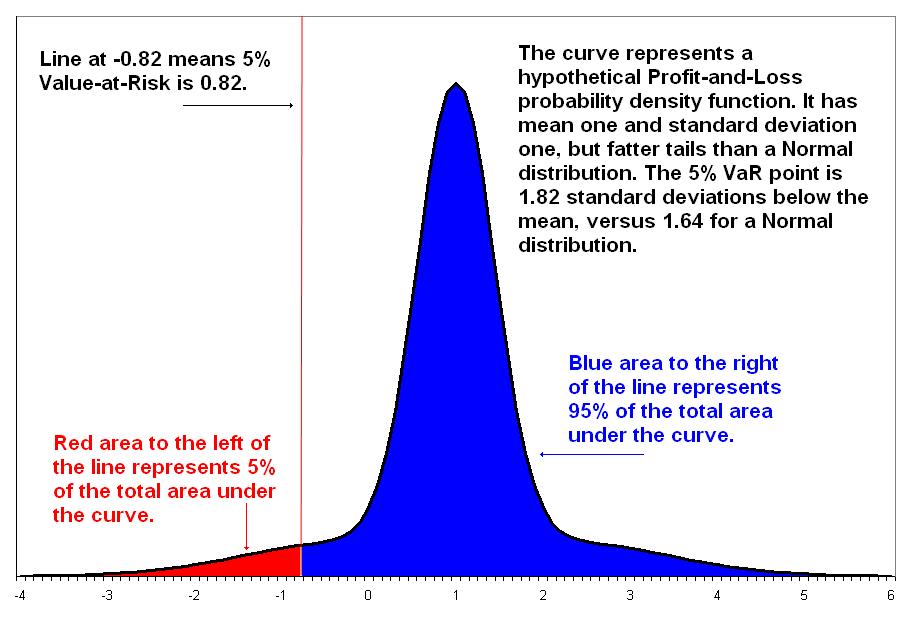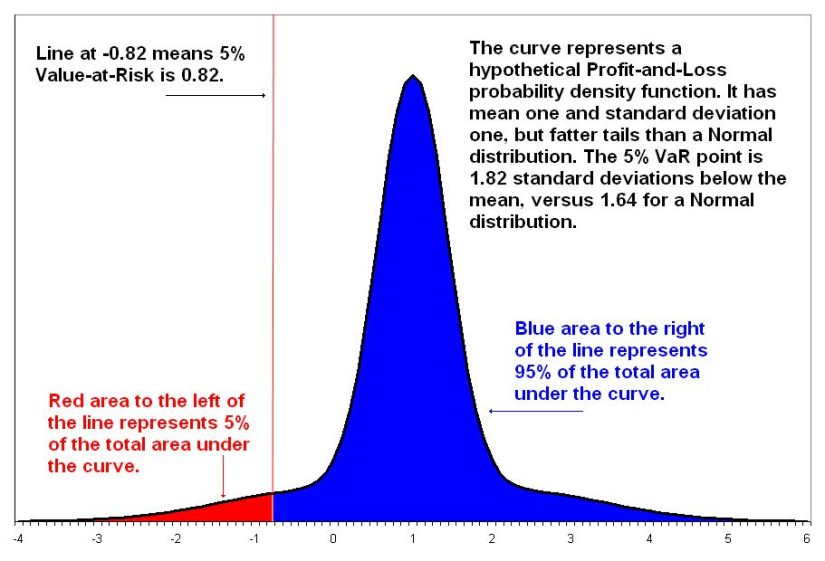
# Q&A: Finding the Appropriate Level of Investment Risk for Retirement
Preparing for retirement encompasses several crucial choices, such as the degree of risk to embrace with your investments. Achieving the right equilibrium between risk and return can greatly affect your financial stability during retirement. In this Q&A-format article, we delve into essential elements to contemplate when establishing your ideal level of investment risk.
—
## **Q1: Why is investment risk crucial in retirement planning?**
Investment risk indicates the likelihood of your investments losing value due to market variations, economic fluctuations, or other influences. In the context of retirement planning, risk is a key factor in determining how much your portfolio can expand over time and whether you will possess sufficient funds to sustain you throughout retirement.
Embracing too little risk may result in lower returns and inadequate savings. Conversely, taking on excessive risk could incur substantial losses that are challenging to recover from, especially if you are nearing or already in retirement.
—
## **Q2: In what way does my investment time frame affect the level of risk I should undertake?**
Your investment time frame refers to the years remaining until you begin withdrawing from your retirement savings. Generally:
– **Extended time frame (20-30 years until retirement)** – You might have a greater capacity to assume risk since you have time for market recoveries. A higher stock allocation may be suitable.
– **Moderate time frame (10-20 years until retirement)** – A balanced strategy combining stocks and bonds may be fitting to continue accumulating wealth while managing risks.
– **Shorter time frame (Less than 10 years until retirement or currently retired)** – Decreasing exposure to volatile assets like stocks and increasing investments in more stable assets (such as bonds and cash) can help safeguard wealth.
As you approach retirement, it becomes increasingly vital to shield your assets from short-term market volatility.
—
## **Q3: What is my risk tolerance and how can I evaluate it?**
Risk tolerance signifies your emotional and financial capacity to cope with investment losses. To evaluate your risk tolerance, think about the following:
– **Financial capacity:** Can you withstand short-term losses without threatening your long-term objectives?
– **Emotional response:** How do you usually react to market changes? Do you panic and sell during market downturns, or are you comfortable enduring volatility?
– **Investment knowledge:** A deeper understanding of market mechanisms may enable you to take on a bit more risk with assurance.
Numerous financial advisors employ risk tolerance assessments to assist investors in gauging their readiness and capacity to accept risk.
—
## **Q4: How does my withdrawal strategy affect investment risk during retirement?**
Your withdrawal strategy in retirement impacts your portfolio’s sustainability:
– **Higher-risk investments (e.g., stocks)** present the prospect of better returns, which can lengthen the life of your savings. Nonetheless, market declines can diminish the value of your assets, making withdrawals more precarious.
– **Lower-risk investments (e.g., bonds, cash equivalents)** offer reliability, yet they might yield reduced returns, raising the risk of outliving your funds.
Many retirees adopt strategies like the “4% rule,” withdrawing a predetermined percentage yearly while adjusting for inflation. In such cases, a diversified combination of stocks and bonds may support ongoing withdrawals in the long term.
—
## **Q5: What asset allocation strategy is typically advised for retirement?**
Asset allocation pertains to how you distribute your investments among various asset categories such as stocks, bonds, and cash. Common strategies encompass:
1. **Growth-Focused (More Stocks, Fewer Bonds)**
– Generally suited for younger investors (e.g., 70-80% stocks, 20-30% bonds).
– Higher risk, but potentially higher for long-term appreciation.
2. **Moderate (Balanced Blend of Stocks and Bonds)**
– Aimed at mid-career or early-retirement investors (e.g., 50-60% stocks, 40-50% bonds).
– A compromise between growth and security.
3. **Conservative (More Bonds, Fewer Stocks)**
– For retirees who emphasize capital preservation (e.g., 30-40% stocks, 60-70% bonds/cash).
– Lower volatility but may cap portfolio growth.
Target-date funds or lifecycle funds modify asset allocation automatically as you approach retirement. A financial advisor can also help devise a tailored strategy.
—
## **Q6: How can I modify my risk level over time?**
Your investment approach should adapt based on your age, financial circumstances, and market dynamics:
– **Early Career:** Higher stock allocation for growth acceleration.
– **Mid-Life:** Gradually transition to more bonds while maintaining stock exposure.
– **Approaching & In Retirement**
